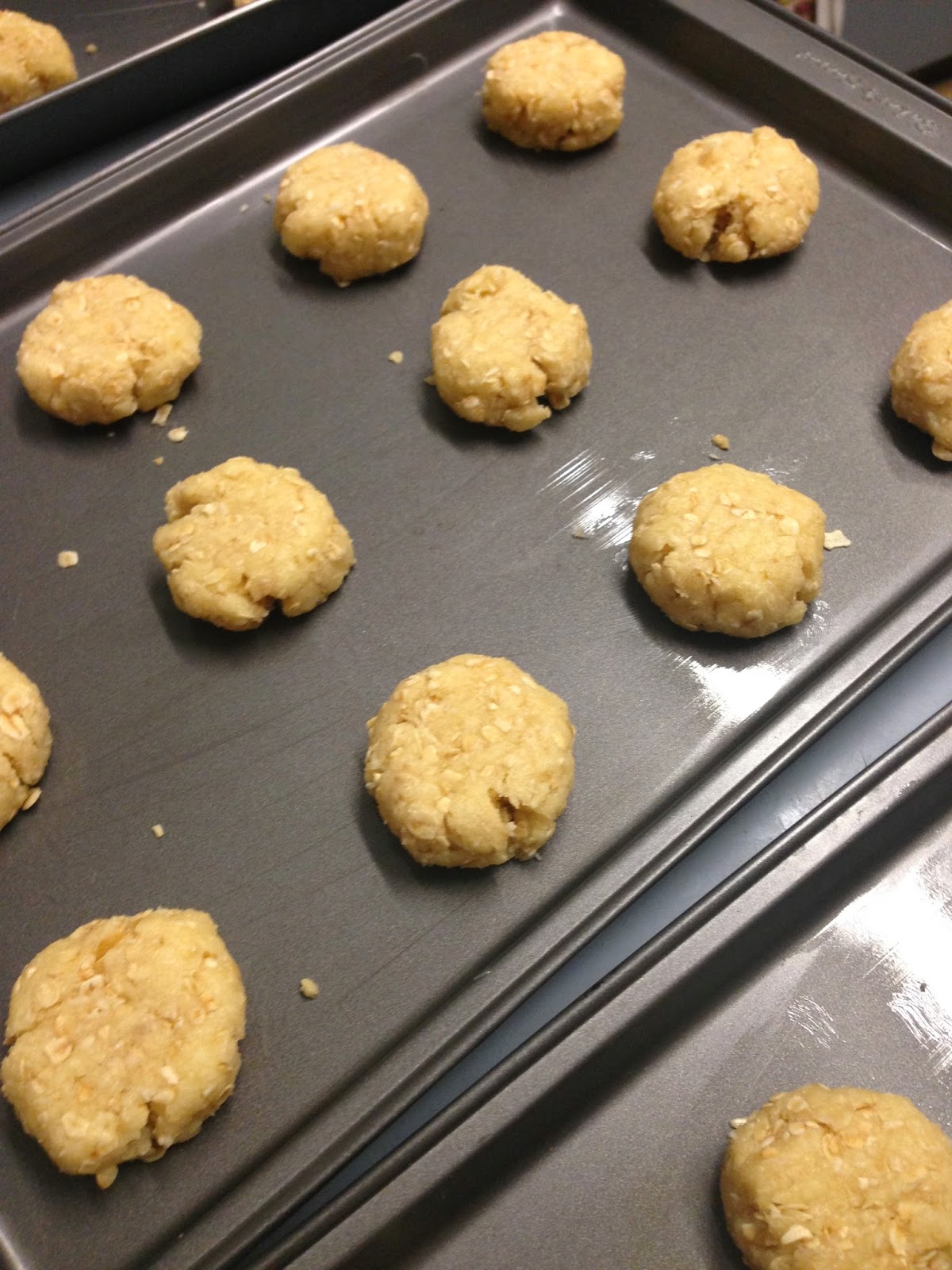Later on when sharing this story, a friend of mine mentioned her love for this book and to definitely look up the pork with prunes. Now if you aren't already aware of the size of this cookbook, you may be surprised to know that this recipe doesn't appear until pages 566 - 567, and there are more than 200 pages of recipes after that. It'll take me quite some time to get through this book, so I need your help. If you have a copy of Stephanie Alexander's book please let me know what your favourite is and what I should be cooking next!
Pork with prunes
12 large prunes, pitted
1 1/2 cups dry white wine
2 pork fillets
flour, seasoned with salt and pepper
olive oil
butter
1 tablespoon redcurrant helly
4 tablespoons thick cream
juice of 1 lemon and zest
- Soak prunes in wine overnight.
- Cut each pork fillet on the diagonal into 6 pieces. Flatten each piece a little with the palm of you hand, then dust each piece with seasoned flour.
- Strain prunes and reserve wine to make the sauce.
- Heat a little oil and butter in a heavy-based frying pan until butter foams. Cook pork pieces in batches until browned over moderated heat, 3 minutes per side. Remove cooked pork and cover with foil to keep warm whilst doing the next batch.
- Wipe out pan with kitchen paper and reheat. Add wine and allow it to bubble fiercely.
- Add redcurrant jelly and cream. Then stir to blend.
- Return meat to pan and add prunes. Lower heat a little. Turn meat in sauce as it reduces.
- Add a few drops of lemon juice and adjust seasoning as necessary. The redcurrant jelly can make it quite sweet, so make sure you taste the sauce and keep adjusting with lemon juice, salt etc. Add some lemon zest too for a little more zing!
- Keep cooking until the sauce turns toffee-coloured and becomes quite thick. If too thin, remove meat and boil more fiercely. If too think, add a few drops of water or an extra tablespoon of wine.
- Spoon pork medallions onto plates, top with prunes and spoon over sauce. Serve with green beans, crispy potatos and a beautiful glass of wine.











